Heineken warns on COVID, rising costs after profit doubles By Reuters

By Philip Blenkinsop
BRUSSELS (Reuters) -Heineken, the world’s second-largest brewer, expects the pandemic to weigh on key Asian and African markets for the rest of the year and warned rising commodity costs would eat into margins, after reporting first-half earnings above expectations.
Chief Executive Dolf van den Brink, who has been at the helm for a year, said the company was pleased with the strong first half, but expressed caution, with results expected to remain below pre-pandemic levels in 2021 as a whole.
“Unlike last year, we now see significant impact on the business in southeast Asia,” Van den Brink told Reuters in a telephone interview on Monday, referring to the fallout from the COVID-19 pandemic.
He said Vietnam, a top three market for Heineken, was a concern, with lockdowns imposed in its strongholds in cities and the south of the country. Elsewhere, the company’s Malaysia brewery is shut and reduced tourism is hitting Indonesian sales.
The maker of Europe’s top-selling lager Heineken, Tiger and Sol, previously forecast an improvement in market conditions in the second half of 2021, depending on vaccine roll-outs.
Rising commodity costs, including for barley, sugar and aluminium for cans, would start affecting Heineken in the second half of 2021 and would have a “material effect” in 2022, when hedging contracts were no longer mitigating the increases.
Marketing expenses would also be higher as bars reopened.
Anheuser-Busch InBev, the world’s largest brewer, last week reported a surge in beer sales in the second quarter, but higher can and transport costs curbed profits.
Heineken sold almost 10% more beer in the first half than a year ago and Van den Brink said the company would seek to be “assertive” on pricing, having achieved nearly 10% higher prices per hectolitre of beer in the Americas and Africa/Middle East in the first half.
Its shares rose almost 2% in early trading before giving up the gains to stand flat at 98.20 euros by 0710 GMT.
The company said more than half of the savings under its three-year plan to save 2 billion euros and restore profit margins to pre-pandemic levels by 2023, partly through cutting 8,000 jobs, should be achieved by the end of 2021.
First-half operating profit before one-offs doubled to 1.63 billion euros ($1.93 billion), compared with the average forecast in a company-compiled poll of 1.22 billion euros. ($1 = 0.8427 euros)

